I feel that people were very skeptical when it came to Thrones of Britannia. Total War games were always done in a particular way, shown as these massive games with such variety covering entire continents and being able to build empires over kingdoms but ToB was announced saying that they are changing the scale and focusing on a particular time period. Mixed thoughts on social media and even mixed thoughts now it’s been released but I feel that ToB is a necessary change from the norm. Warhammer and Warhammer 2 changed the Total War franchise by having a fantasy game over history but ToB brings it back to history and makes it feel fresh.
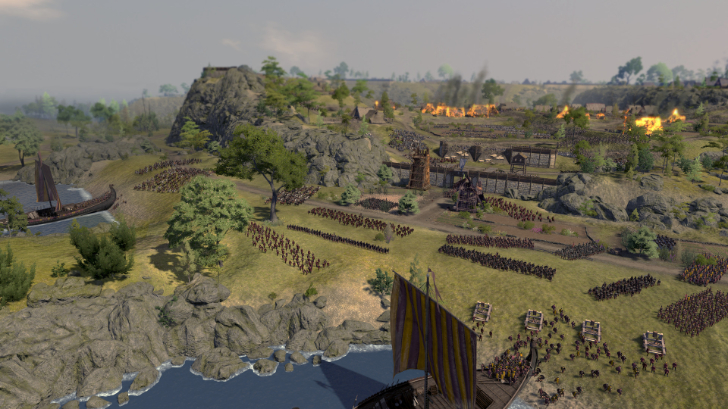
Building off of Total War: Rome 2 and Attila, Thrones of Britannia focuses on a war-torn part of history for players to jump into and completely mess up. Here, we’re looking at the end of the 9th Century. After the first wave of Vikings came and pillaged the mainland of England, some settled and the remaining Anglo Saxons and natives of the land including Welsh, Scottish and Irish kingdoms take advantage of the times and all try and make themselves known as the most powerful kingdom in Briton. An interesting time period considering it’s focusing on one country, but the map is by no means small. CA have done a great job of making Briton feel huge in comparison to other games in the series. There are probably the same amount of regions as there are in most large landmasses in previous titles and each one is packed with detail in terms of design and the cities that fill them.
As with Total War, there are two sides to this coin. The first is the world map as mentioned and the other is the actual in-game battles. It’s hard to explain how detailed the map is from a review so I encourage you to at least look up a video showing it off because it really is a huge improvement compared to previous titles. Each region will have the main settlement with smaller villages and towns providing buildings that give resources to the owner of them obviously. The difference here is that the smaller towns are preset. Each one has only one or two buildings and those can’t be changed, if you move through farmland, for example, the towns and villages will be a farm of some sort be it grain or livestock. Mountainous regions like most of Wales provide mines which help with industry which you improve over time.
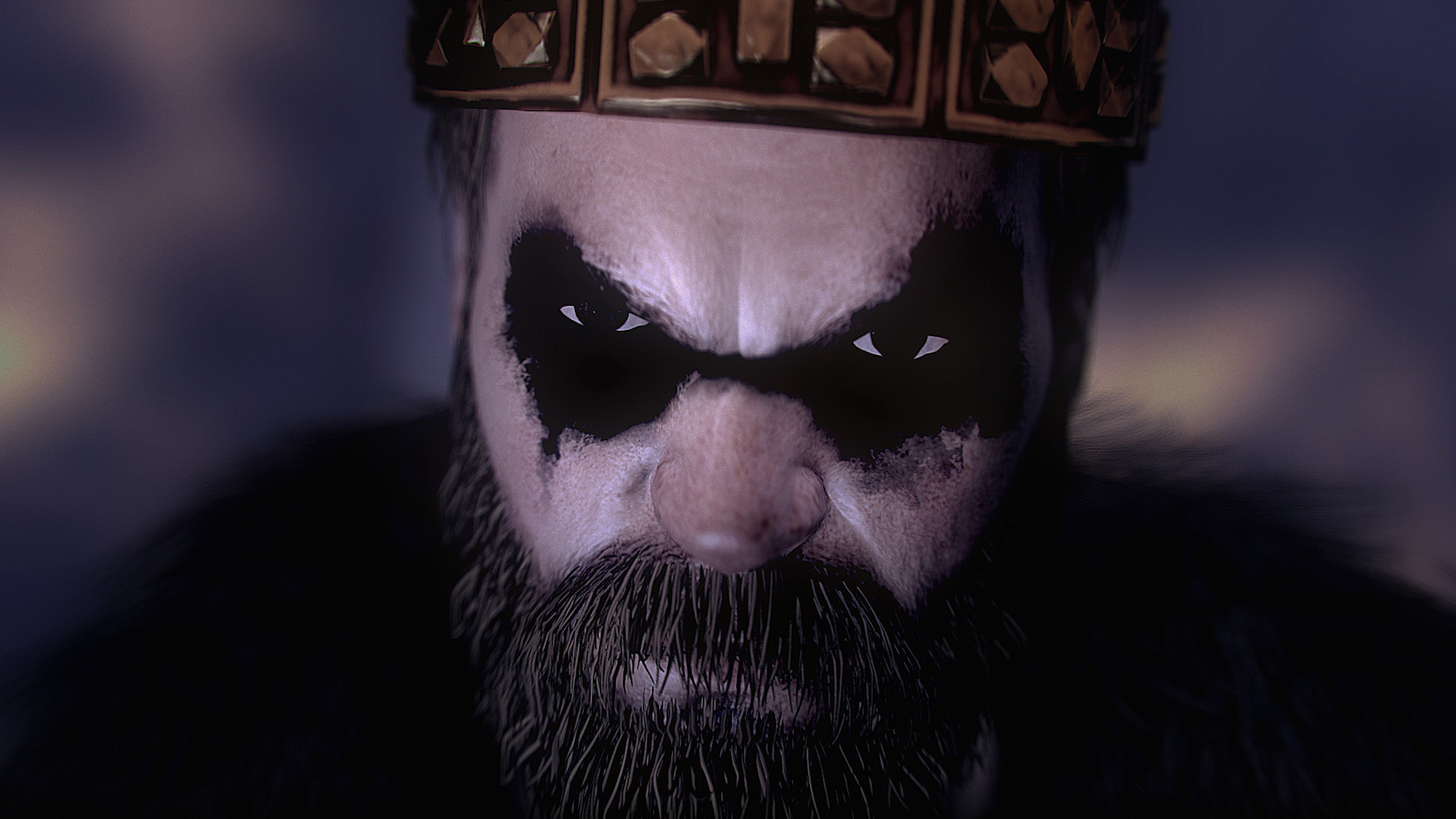
This brings up an issue that previous total war games had and something that ToB does differently and welcome the change. Because the smaller villages only provide either money or food, Major settlements are more for generating something that is needed for you like improvements to your army or buildings that multiply the values created by the villages like a market or a storehouse for food so having some settlements be built to be economy focused is encouraged compared to previous games where each small settlement was just build to give money and your most basic troop building so you can have the main settlement of that region build special units. This point brings up one of the big changes, Settlements don’t provide military buildings unless it’s for a garrison. The military is built through technology over buildings so your resources are spent in different ways, mostly for food and generating a large enough economy to sustain your armies.
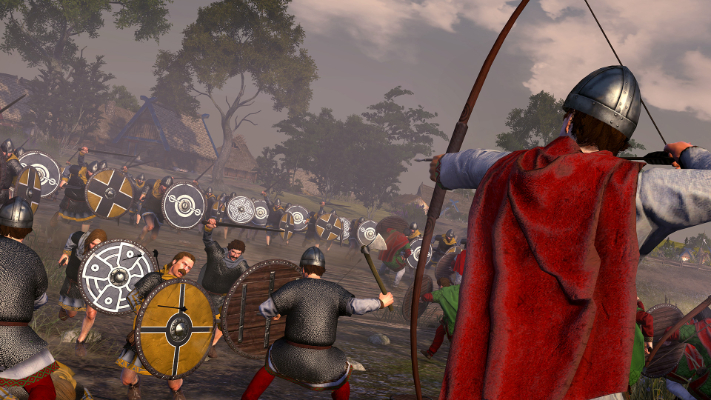
As Military is built through Tech, how does one build units now? Through Mustering! Mustering troops make more sense in this game compared to others. When you would recruit troops, you can recruit any troop from any settlement or while your encamped. However, instead of waiting for multiple turns for them to appear, you get them instantly but you’re sitting at about a quarter strength instead of full strength. This I believe is to mimic how mustering would actually work. If for example, you needed a unit of soldiers, you would go to nearby villages to recruit anyone you could and most likely not get that many on the first time and you would have to go to several places over a month or something to get the unit to a reasonable size. You can use this units as soon as you’ve recruited but as they’ll only be about 30 strong instead of 120, you’ll have to make sure they survive so you didn’t waste money and food on getting them. Food is another key thing that you need to have control over when playing as well. If you don’t have enough food to sustain your armies, units will starve and then will suffer from attrition so making sure you take villages that provide lots of food and building that up is very important.

The Battle side of it is fairly standard for Total War, it’s been refined a bit more and they fixed the issue that Attila had which was that the troops actually fight when you zoom in to watch. The graphical clean up and refinement makes the battles run a lot smoother but one thing I did notice, in a huge battle of about 30-40 units per side, the game doesn’t freeze but units slow down which is most likely from code queuing up and trying to execute for more units so they end up slowing down. The Battle maps themselves are more varied and match the world map quite closely as well as having small village maps back! Something I missed from Warhammer was being able to fight through the towns as it creates a more varied environment which encourages different tactics on both sides. The AI has had some refinement in their pathing and targeting so that they will try and go for weaker units and have cavalry flanking and also trying to stop my flanking units from hitting their back lines and even goes for multiple entryways on sieges which caught me off guard when defending in a siege and having siege towers and a battering ram pushing forward. The unit models are great quality as always and it’s nice to see the AI have access to different levels of war machine now as Catapults are a rare unit you don’t get till end game so some factions will take research into heavy siege towers which was not really a thing before.
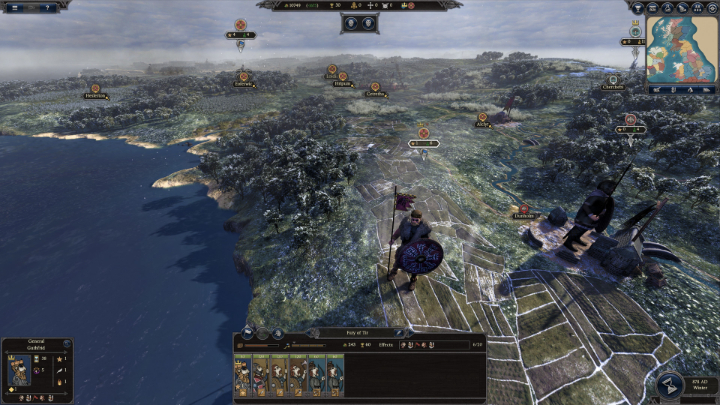
While the factions are closer in terms of style as they have a limited pallet to take from, each main kingdom style (Viking, English, Welsh etc) have their own strengths and when those strengths collide in battle, it’s hard to tell which way the fights will go. I opted to play Gwined which is the main playable Welsh Faction alongside Strat Clut (which is Welsh but they start in Scotland for some reason). The Welsh Kingdoms have the best bow units in the game as you’ve got access to the historically strong Longbowmen and push spearmen as their main frontline troop choice. Having a variance is nice to support the spears but they are able to hold most charges and fight back quite hard but if they went up against Viking berserkers, they would struggle without support. Vikings focus on seafaring (Which means they don’t suffer from sea sickness or attrition at sea) and Axe units and English have a fairly even spread but their aspects lay in how they recruit and end game units. The faction politics is another thing that change up the factions so it’s not just a battle thing. Each faction has a specific thing that they accumulate over time. For Wales, it’s Heroism which causes events to happen that use that resource. The politics side is managing your family tree, your generals and governors and your cities and estates. Your family tree is more important as your faction head isn’t immortal like they are in Warhammer so you have to manage your heirs and family wisely. Your generals and Governors aren’t always loyal to you so you need to manage how much influence they have on the faction and how loyal they are to you, this is done by political actions or by managing estates which is areas of the map you give as rewards or because one of them is about to rebel so you give him an estate to keep him quiet. One thing I find is a downer is that Women aren’t taking an active role in the game, as historically accurate as that may be in some cases, I feel that having a set of Viking shield maidens or a female general or something would be a nice touch.
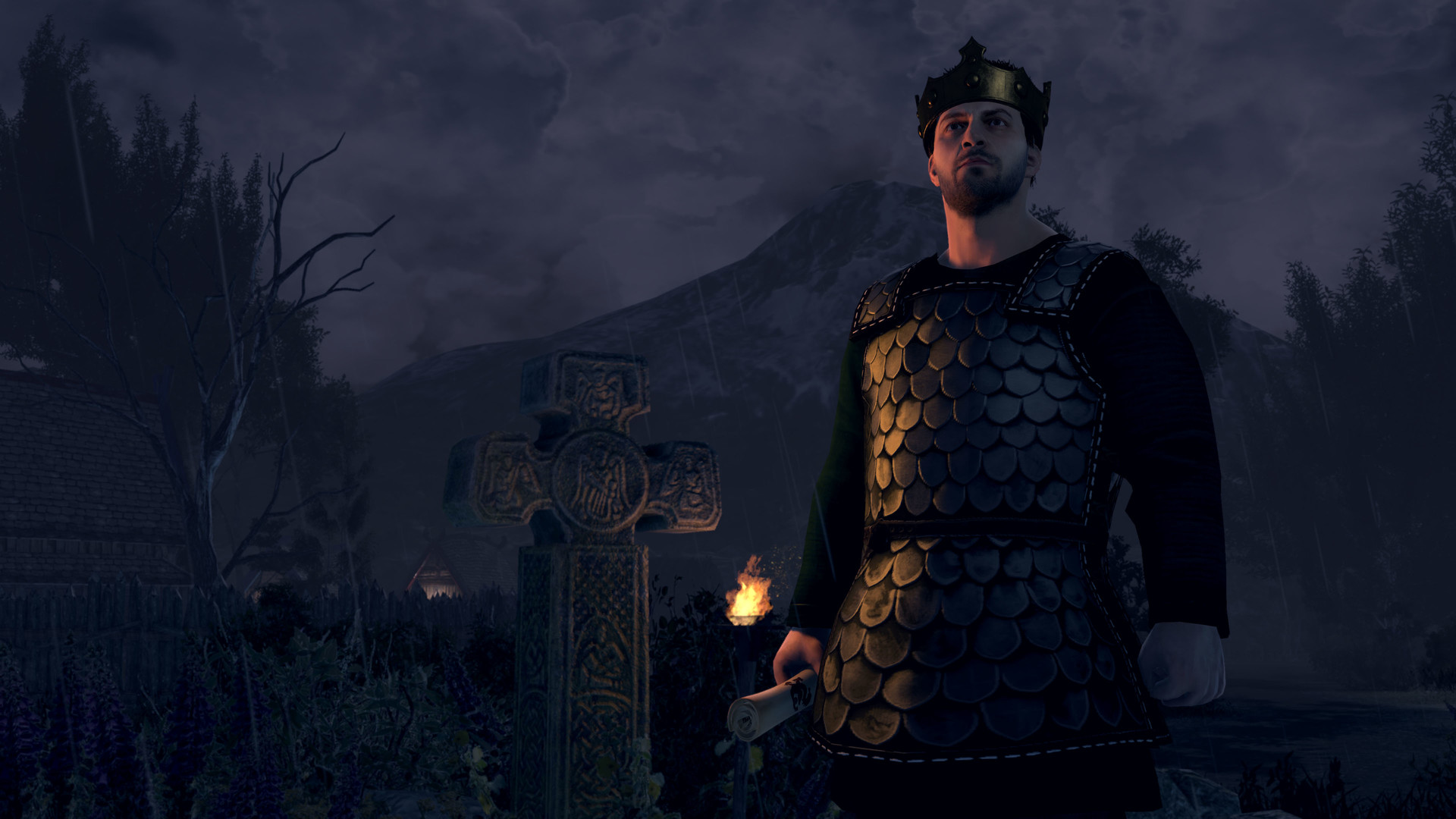
Each one does have a different play style but one thing I love about this time period and game is that they are giving other factions the spotlight instead of just England and the Viking invaders. Scottish and Irish kingdoms are front and center and are not just a minor faction in comparison to something like Crusader kings. Wales may exist in Crusader kings but have fun actually trying to get them to do anything without being steamrolled by England. Here each faction has a good chance of taking over and I will say, it’s pretty satisfying to have the English invade Wales and then push them back out to secure the border and show that Wales is a force to be reckoned with. Until years later when England just absorbs wales but that doesn’t count right now.
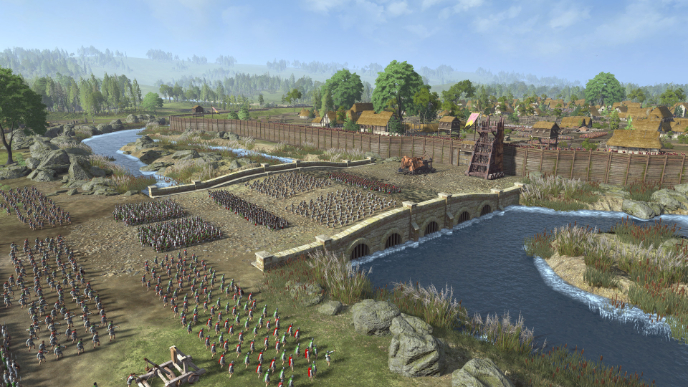
It’s understandable why some people have gripes with Britannia but it’s the expected grips from changes to the main formula. As this isn’t main total war game but the first of their Saga series, Creative Assembly have the chance to just mess around and try new ideas. Britannia is a breath of fresh air for the Historical total war games as the last two we had to use were very much and up and down affair. This game is the same, there are some up and down moments like some clunky AI at times but that’s just a thing it total war and it’s easy enough to look over. I’ve played a lot of total war games and it’s easy from me to say that this one is a contender for my top spot in the list. It’s different enough to feel like a change but not so bad that it’s an unknown game. If this is what Britannia is like then I can’t wait for Three Kingdoms in the fall.








You must be logged in to post a comment.